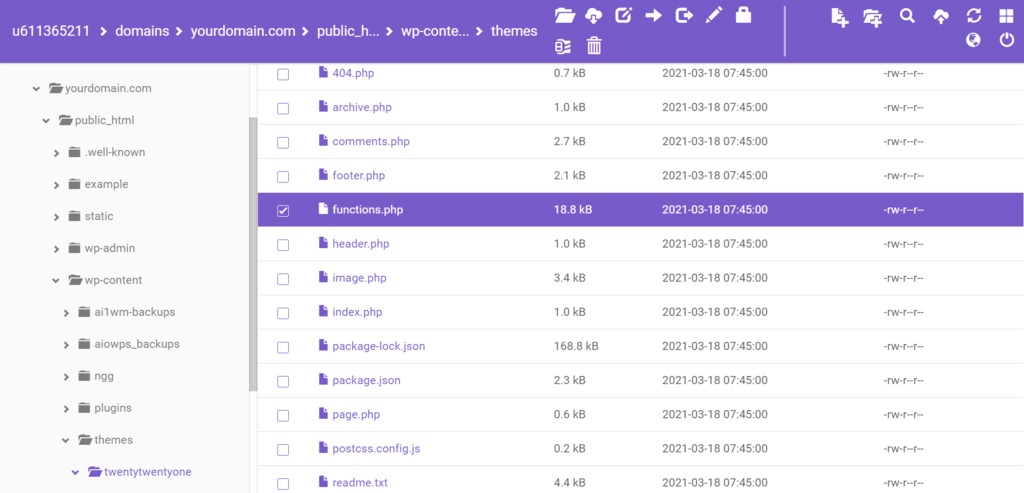
- Installbuilder a function with name already exists how to#
- Installbuilder a function with name already exists full#
- Installbuilder a function with name already exists password#
This approach has several benefits for users and administrators: Netscape's approach to single sign-on replaces client authentication based on passwords sent over the network with client authentication based on the Secure Sockets Layer (SSL) and certificates.įigure 1 Single sign-on uses certificate-based authentication

Installbuilder a function with name already exists password#
If the server's evaluation of the ACLs requires identification of the user, the server requests client authentication, in the form of either a name and password or a digital certificate presented according to the Secure Sockets Layer (SSL) protocol.Īfter the server has established the user's identity, optionally including user/group information stored in a Lightweight Directory Access Protocol (LDAP) directory, it continues its evaluation of the ACLs and authorizes or denies access to the requested information according to the user's access privileges.įigure 1 illustrates the basic elements of the ACL evaluation process. When a user requests a resource from a server, the server collects the access-control lists (ACLs) associated with that resource and evaluates them. This address is strictly for collecting feedback you will not receive a personal response.įor information about getting technical help with any Netscape product, see Netscape Tech Support. To give Netscape comments on this guide or on any aspect of single sign-on, please send email to sso-feedback. For a brief introduction, see Appendix A, "Netscape's Use of Public-Key Cryptography." This document assumes that you are familiar with basic concepts of public-key cryptography, including public and private keys, certificates, and digital signatures.
Installbuilder a function with name already exists full#
Testing Your Setup Before Full Deployment.Setting Up Netscape Clients for Single Sign-On.Setting Up Netscape Servers for Single Sign-On.
Installbuilder a function with name already exists how to#
This document introduces single sign-on for network administrators and describes how to plan and deploy a single sign-on solution using Netscape products. For Netscape products, single sign-on is an authentication mechanism that replaces more cumbersome multiple-password authentication without affecting existing access-control mechanisms. Netscape's approach to single sign-on involves the use of digital certificates to authenticate users to servers.

Netscape supports single sign-on for Navigator 3.x, Communicator, Communicator Professional Edition, and most of the SuiteSpot 3.x servers. This capability is known as single sign-on. Solving this problem requires some way for a user to log in once, using a single password, and get authenticated access to all servers that user is authorized to use-without sending any passwords over the network. Administrators must keep track of a separate password database on each server and deal with potential security problems related to the fact that passwords are sent over the network routinely and frequently. Users have difficulty keeping track of different passwords, tend to choose poor ones, and tend to write them down in obvious places. Multiple passwords are an ongoing headache for both users and system administrators. Intranet users are commonly required to use a separate password to authenticate themselves to each server they need to access in the course of their work. Planning and Deploying a Single Sign-On Solution


 0 kommentar(er)
0 kommentar(er)
